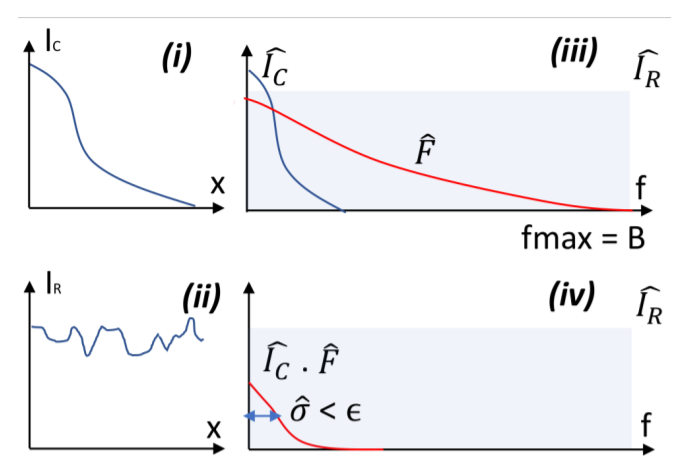The Security-Utility Trade-off for Iris Authentication and Eye Animation for Social Virtual Avatars
PubDate: Mar 2020
Teams: University of Florida;Clemson University
Writers: Brendan John, Sophie Jörg, Sanjeev Koppal, Eakta Jain
PDF: The Security-Utility Trade-off for Iris Authentication and Eye Animation for Social Virtual Avatars

Abstract
The gaze behavior of virtual avatars is critical to social presence and perceived eye contact during social interactions in Virtual Reality. Virtual Reality headsets are being designed with integrated eye tracking to enable compelling virtual social interactions. This paper shows that the near infra-red cameras used in eye tracking capture eye images that contain iris patterns of the user. Because iris patterns are a gold standard biometric, the current technology places the user’s biometric identity at risk. Our first contribution is an optical defocus based hardware solution to remove the iris biometric from the stream of eye tracking images. We characterize the performance of this solution with different internal parameters. Our second contribution is a psychophysical experiment with a same-different task that investigates the sensitivity of users to a virtual avatar’s eye movements when this solution is applied. By deriving detection threshold values, our findings provide a range of defocus parameters where the change in eye movements would go unnoticed in a conversational setting. Our third contribution is a perceptual study to determine the impact of defocus parameters on the perceived eye contact, attentiveness, naturalness, and truthfulness of the avatar. Thus, if a user wishes to protect their iris biometric, our approach provides a solution that balances biometric protection while preventing their conversation partner from perceiving a difference in the user’s virtual avatar. This work is the first to develop secure eye tracking configurations for VR/AR/XR applications and motivates future work in the area.



